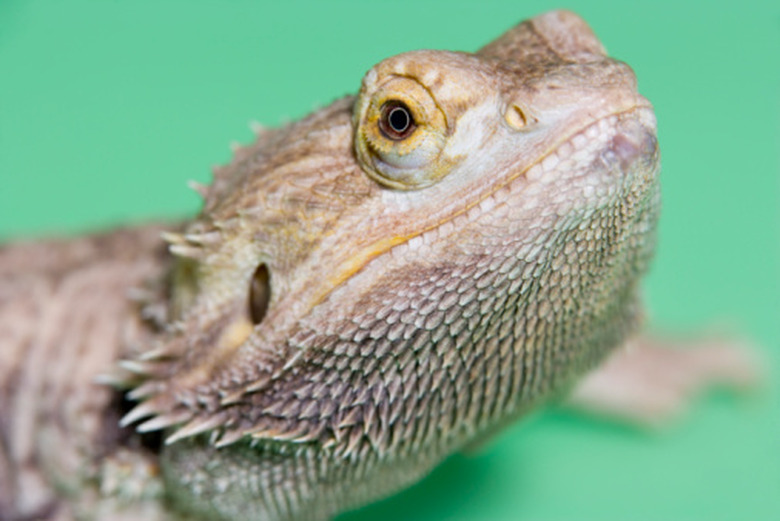How To Potty Train A Bearded Dragon
Bearded dragons are a popular pet option, as they are small, quiet, and generally clean. When you get your beardie, you not only get the fun of picking out a bearded dragon name but you can also train your lizard, including potty training him, although it won't be as simple as working with a dog.
Set your expectations
Set your expectations
Bearded dragons are intelligent creatures and are able to learn, but it will require plenty of repetition and consistency on your part. Be prepared for the litter box training process to take several weeks or even more than a month. Bearded dragons do not poop every day, so each step of the process will take at least a few days, even if your beardie picks it up right away.
For those new to beardies, it is important to remember that bearded dragons are essentially wild animals. They will not respond in the same way as domesticated dogs, for example, who long for human companionship and are generally eager to please. It is important to spend time with your beardie and get her used to your presence and company and to being handled. Once accustomed to you, many beardies can become quite affectionate.
Move slowly and watch for signs of stress or anger, such as hissing, spitting, and twitching her tail. If she displays these signs during training, be sure to back off, allow her to calm down, and reapproach the training calmly and slowly to allow your beardie to feel safe. Fear is one major reason that a beardie will poop on you, so taking the time to build your relationship is critical.
Place a paper towel or tissue
Place a paper towel or tissue
Most bearded dragons will poop in a single area of their cage. The first step to training your beardie to use a litter box is to find your beardie's preferred potty location. This can take several days, especially if you just acquired your beardie and are getting to know him.
Once you determine where he likes to go potty, place a small piece of paper towel or tissue in that location. Wait for your beardie to eliminate on the paper towel. Patience is key, as this may take a few days.
Introduce substrate to the towel
Introduce substrate to the towel
Once your beardie has gone potty on the paper towel, it is time to introduce the substrate that you intend to use in the litter box. Choose a material that is safe for your beardie, such as paper pellets or artificial turf. Avoid sand and litter, as these can cause impaction in the intestines if your beardie eats them. In addition, don't use any materials that are toxic to beardies, such as cedar wood chips.
Leaving the paper towel in the same location, sprinkle a thin layer of substrate on the towel. Now, it is time to wait. Once your beardie eliminates on the substrate-covered towel, you can add a bit more substrate. Your beardie should use the substrate-covered towel as a litter box at least three times before moving to the next step. If she starts to eliminate in another part of the tank, you can restart the training process.
Place the litter box
Place the litter box
Now, it's time to introduce the litter box to your beardie. You can use a small tray or bowl for this purpose. You are going to repeat the same process but this time with the litter box.
Position the litter box in the same location as you had the paper towel and place the paper towel on the bottom of the litter box. Wait for your beardie to eliminate on the towel in the box. Then, add substrate on top of the towel inside the litter box, starting with a thin layer and gradually increasing the amount of substrate.
Once your beardie is consistently using the litter box, remove the paper towel so that there is just a litter box filled with the substrate for your beardie to use. Now, your beardie is potty trained, and you can easily clean the litter box as needed, making it easier to maintain a clean enclosure for your pet.
